Gaining muscle doesn’t have to stop just because you’re dealing with knee pain. In fact, building strength around the knee joint can actually help reduce discomfort and improve long-term joint stability. But it requires a smart, strategic approach—one that prioritizes form, joint safety, and intelligent exercise modifications.
This comprehensive checklist is designed specifically for individuals managing knee pain while pursuing muscle growth. Whether your discomfort stems from past injury, arthritis, or overuse, these coach-style pointers, form notes, and easy modifications will keep you progressing—without compromising your joint health.
Strong muscles—especially in the quadriceps, hamstrings, and glutes—act as shock absorbers and stabilizers for the knee joint. When these muscles are underdeveloped, more stress is transferred directly to the knee, increasing pain and risk of further injury.
Building muscle helps redistribute load, improve alignment, and enhance joint control during movement. The key is to do it safely, with attention to technique and joint-friendly variations.
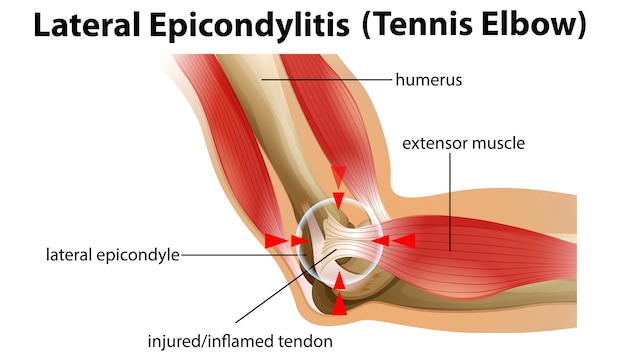
Never skip the warm-up. For those with knee pain, a dynamic warm-up increases blood flow, improves joint lubrication, and activates key stabilizing muscles.
Lifting heavy with poor form is a fast track to increased knee stress. Focus on controlled movements, proper alignment, and full-body engagement.
Form Tip: Keep your knees aligned over your second and third toes during squats and lunges. Avoid letting them cave inward (valgus collapse).
Squats are foundational, but standard versions can aggravate knee pain. Try these modifications:
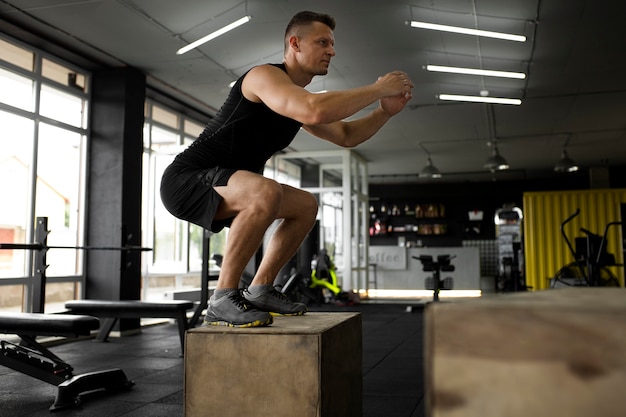
Replace high-impact or deep-flexion movements with joint-friendly alternatives:
Weak glutes force the quads and knees to overcompensate. Strengthening the posterior chain reduces anterior knee stress.
Include these moves 2–3 times per week:
Don’t let knee pain stall your overall progress. Focus on upper-body strength to maintain muscle-building momentum.
Include compound movements like:
Recovery is when muscle grows—and joints heal. Support your body with:
Not all discomfort is harmful, but sharp or increasing pain is a red flag. Use a simple 0–10 scale to track knee sensation:
Muscle gain with knee pain is absolutely achievable—with the right approach. By focusing on form, using smart modifications, and building strength progressively, you can improve both your physique and joint resilience.
Remember: consistency and patience are your greatest allies. Celebrate small wins, listen to your body, and stay committed to long-term health over short-term intensity.
You’ve got this—stronger muscles and healthier knees are within reach.

Fitness

Fitness

Fitness

Fitness
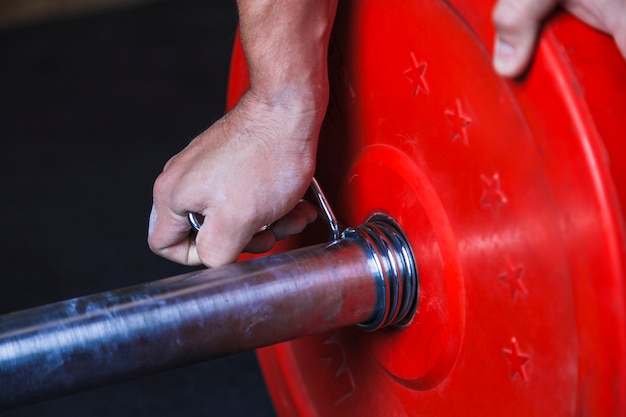
Fitness
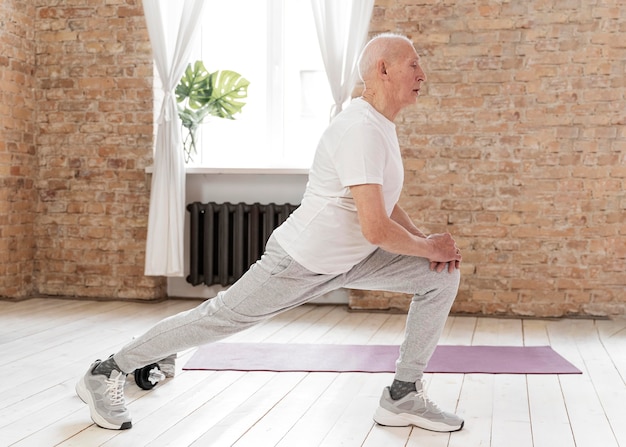
Fitness
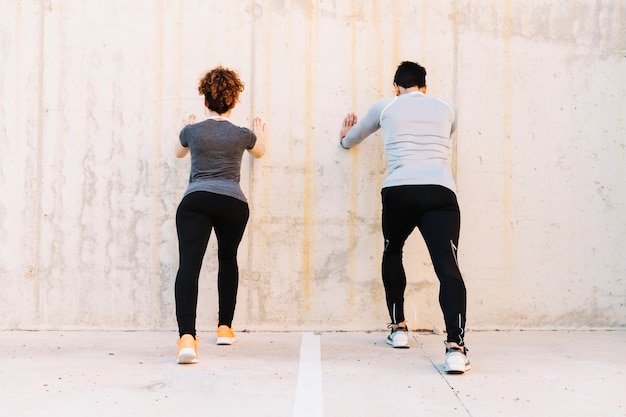
Wellness

Wellness
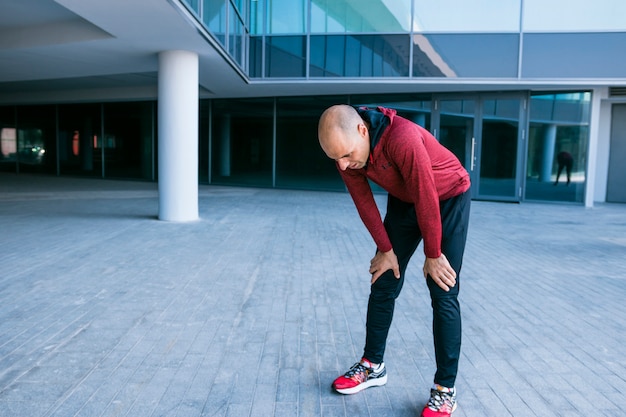
Health

Fitness

Fitness
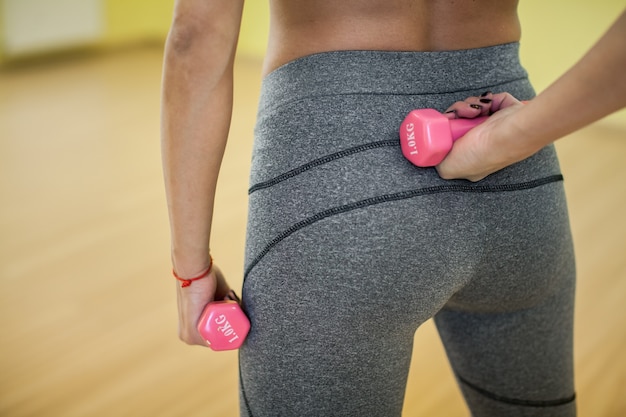
Fitness

Health

Fitness

Health

Health